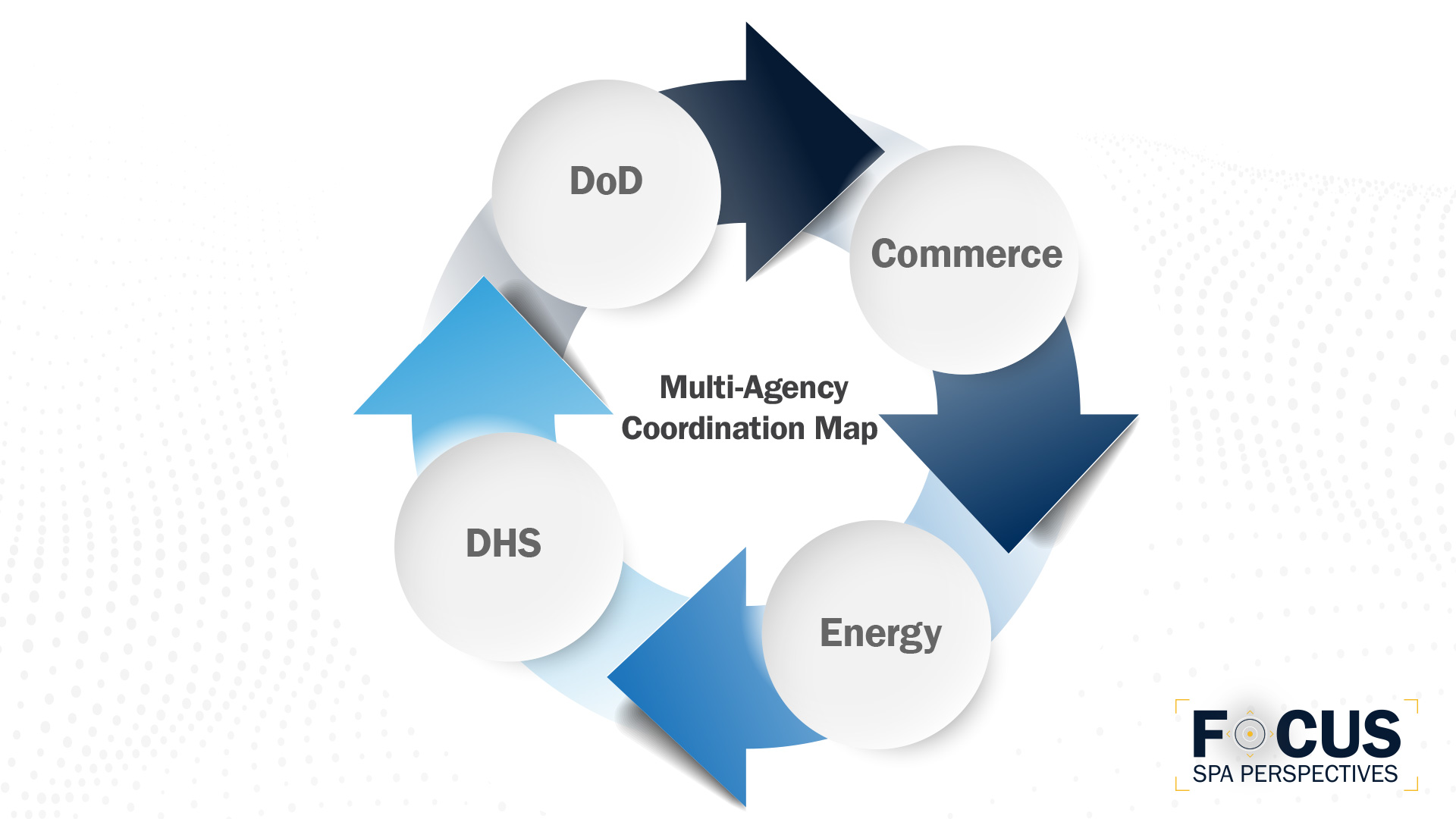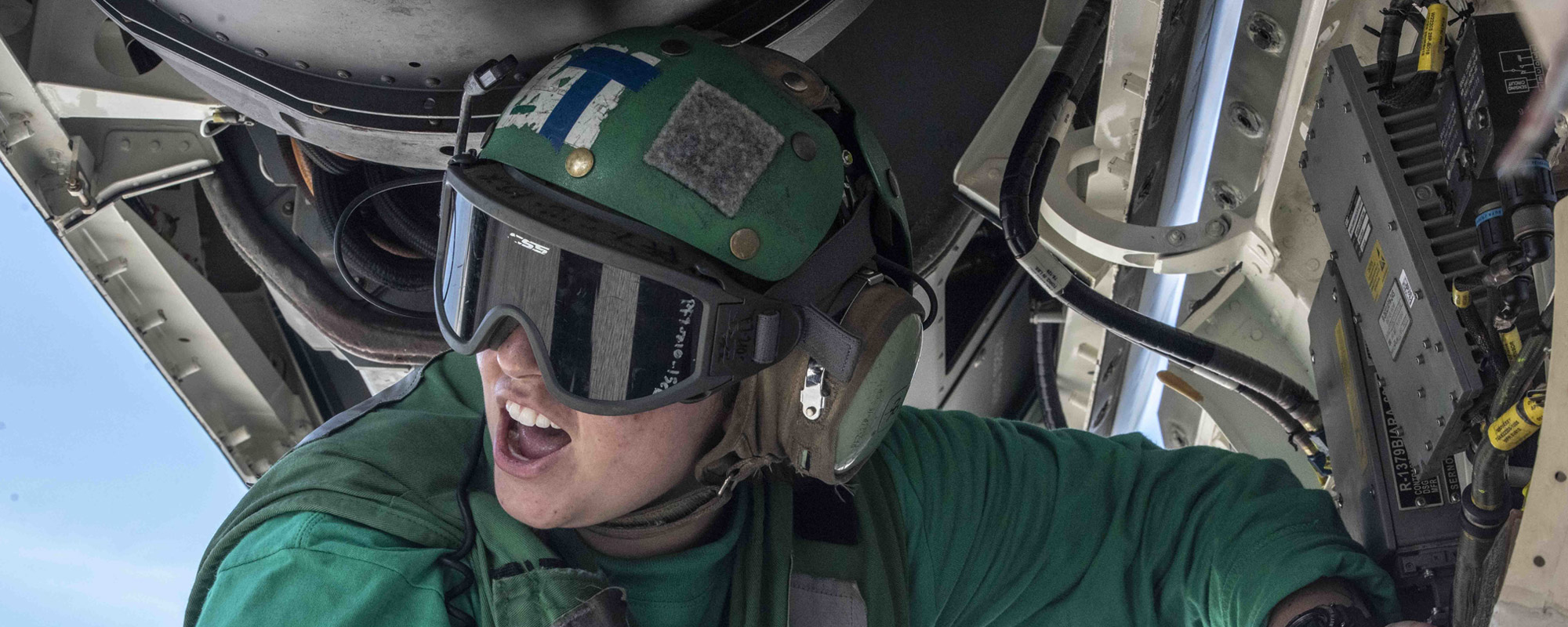Categories: Capabilities, Software, Cyber, and Cloud Computing, Systems Engineering, National Security, Cabaniss
From Silos to Systems: How Collaboration Can Strengthen America’s Semiconductor Future
- Alexandria, VA | September 3, 2025
Over the first three posts in this series, we’ve explored the global interdependence of the semiconductor ecosystem, examined the difference between risk and uncertainty in defense planning, and identified infrastructure barriers that often go unseen. Each of these threads points to a central truth: America cannot secure its semiconductor future alone. It will take partnerships between industry and government, across levels of government, and among international allies.
Building resilience requires alignment across agencies with different missions, budgets, and cultures. Without that coordination, investments risk being duplicated, delayed, or disconnected from broader national goals.

Building resilience requires alignment across agencies with different missions, budgets, and cultures. Without that coordination, investments risk being duplicated, delayed, or disconnected from broader national goals.
Key priorities include:



- Establishing Shared Objectives: Agencies must align on what semiconductor resilience means in practical terms—including supply chain diversification, workforce development, and strategic reserves—not just increasing domestic fab count.
- Leveraging Procurement Power: Defense and civilian agencies can structure contracts to promote a broader supplier base and long-term sourcing stability.
- Coordinating Incentives: Tax policy, research grants, and industrial funding must be synchronized to avoid fragmentation and missed opportunities.
“

Share non-proprietary supply chain data to help identify weak points

Engage in scenario planning with federal partners

Support workforce training initiatives to meet future demand

Invest in redundancy even when margins tighten
- Share non-proprietary supply chain data to help identify weak points
- Engage in scenario planning with federal partners
- Support workforce training initiatives to meet future demand
- Invest in redundancy even when margins tighten
“Isolation isn’t the answer,” says Cabaniss. “Strength comes from alignment with like-minded partners who share our security and economic interests.”


Standardized cybersecurity practices

Joint investment in resilient supply hubs

Frequent coordination between allies, not just bilateral agreements
- Shared export control policies
- Standardized cybersecurity practices
- Joint investment in resilient supply hubs
- Frequent coordination between allies, not just bilateral agreements



- Integrated Planning: Semiconductor resilience must be incorporated into defense, industrial, energy, and diplomatic strategies, not treated as a standalone goal.
- Continuous Dialogue: Public-private forums and multinational working groups must operate proactively, not just reactively.
- Long-Term Vision: Policymakers and industry leaders must avoid the trap of quick wins and invest in enduring capacity, even when the payoff is a decade away.
“
Part 1: Beyond the Chip – Why America’s security depends on the entire global semiconductor ecosystem
Part 2: Risk vs. Uncertainty – How flexible planning, not prediction, must shape
Part 3: Infrastructure Matters – Why fabs are only as strong as the systems that support them
Related Posts
We invite you to subscribe and stay informed. Never miss an update as we continue providing the rigorous insights and expert analysis you rely upon to protect and advance our national security.





